The Story Behind Our Products
by Jess Erdman, Content Marketing LeadMay 2021

With the release of our new fashion product recommendation engine on Shopify, we’ve been reflecting on the story of YesPlz AI, and how we got here (hint: through a lot of prototypes, frustration, and hard work).
Like any product, Rome wasn’t built in a day--and neither was our first product, the Style Filter. After numerous iterations and feedback from users, we created an AI-powered Style Filter that mirrors the way users shop for clothing.
Our Style Filter went from the above scramble of boxes to this:
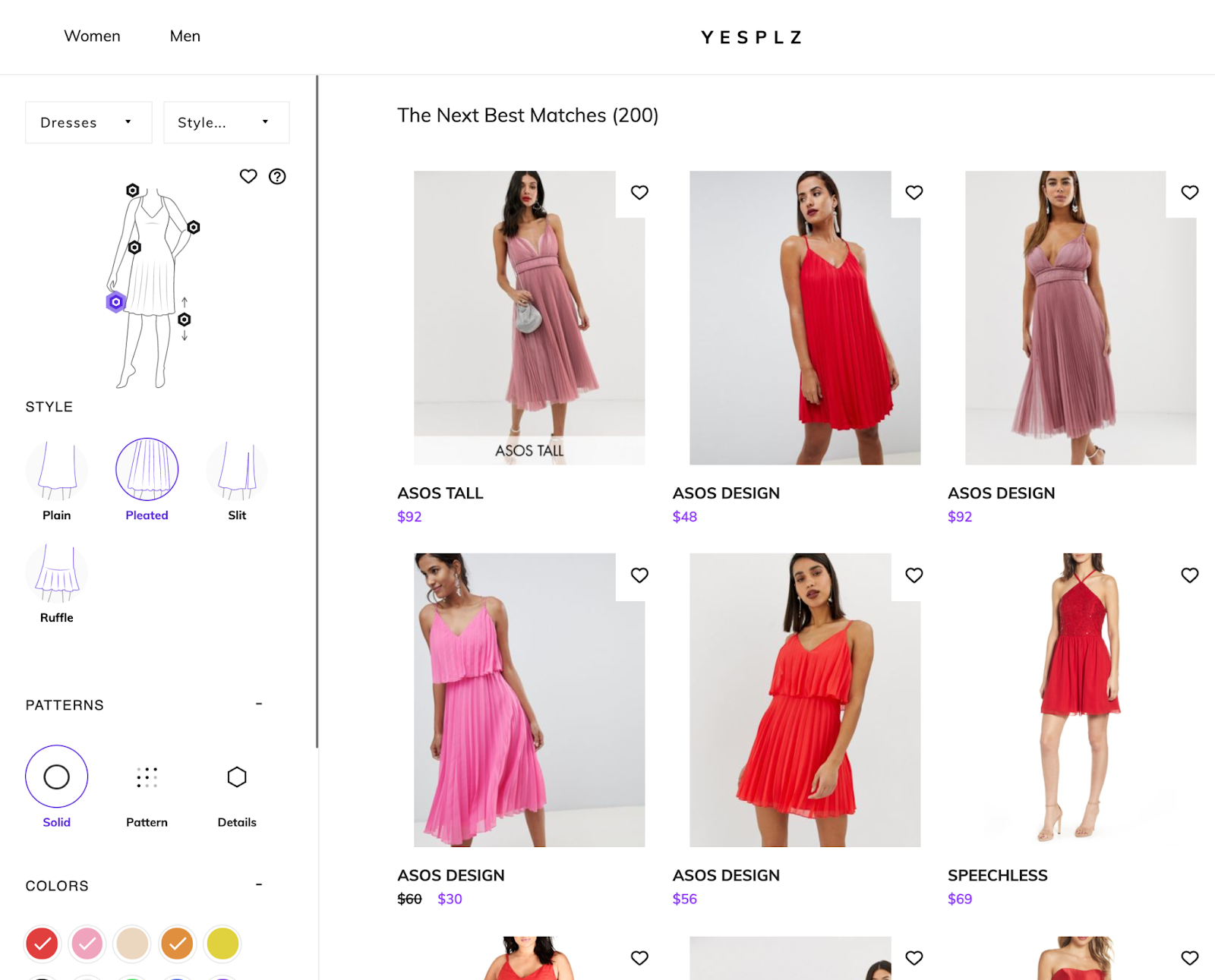
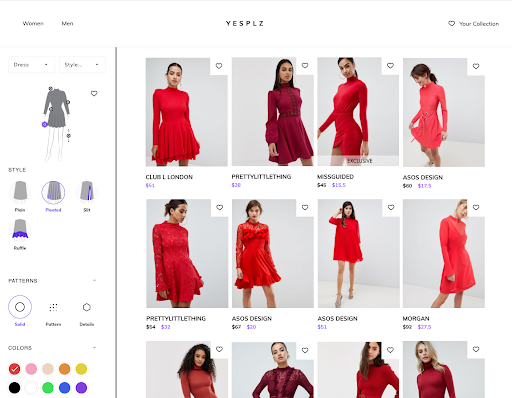
Then, came the idea to continue creating. We created a product recommendation engine, specifically trained for fashion, to create a seamless shopping experience for users.
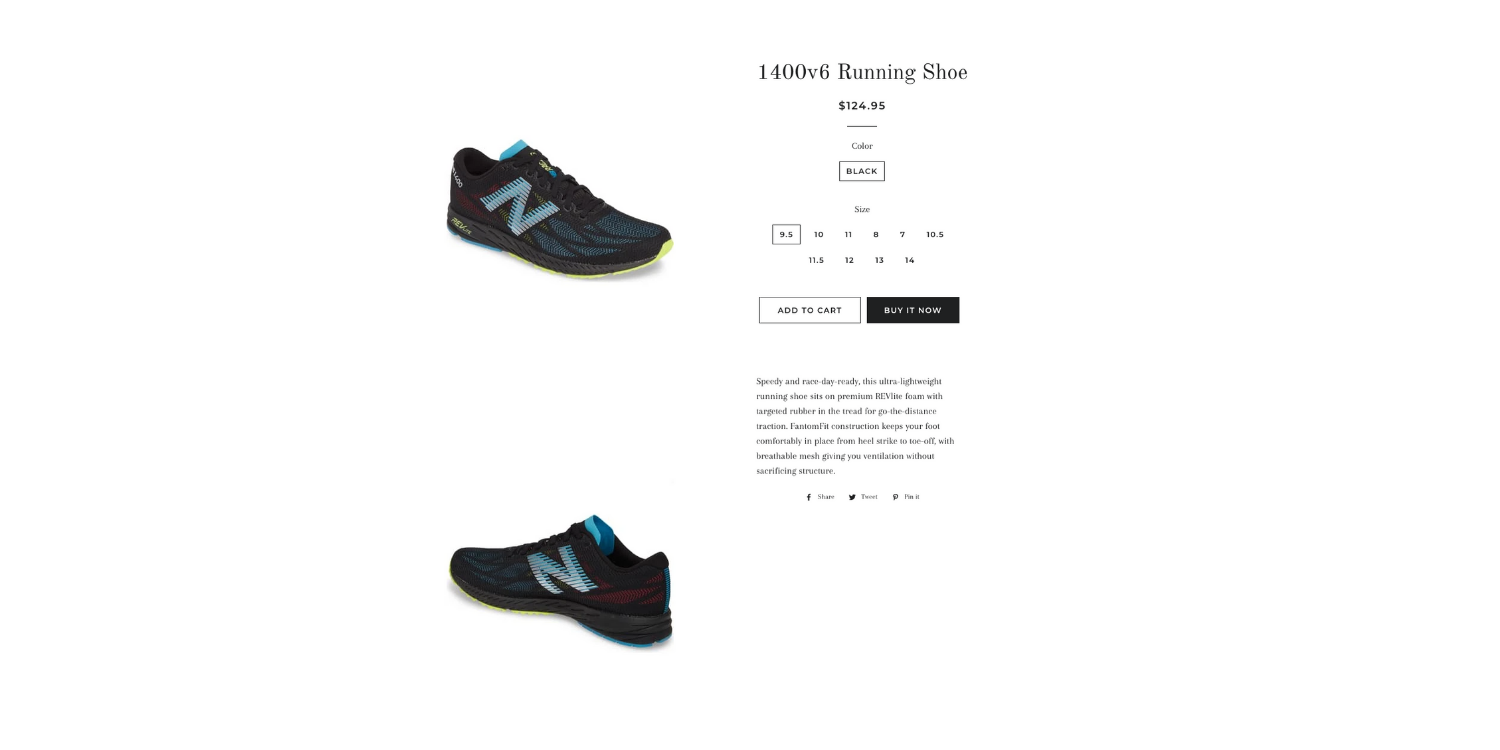
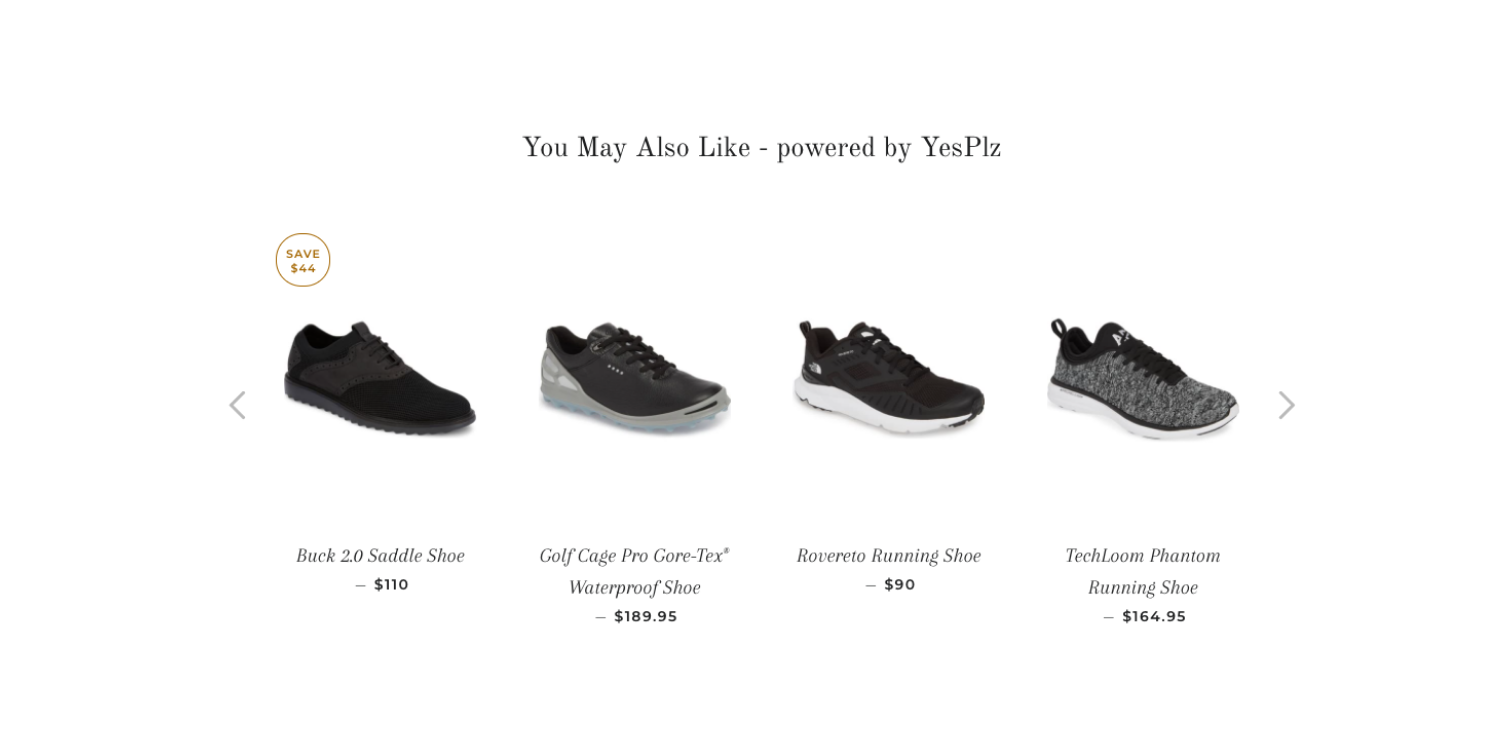
And, after 30 years of experience in building tech for everyday users, two founders, and countless prototypes, YesPlz has two main products: the Style Filter and Product Recommendation Engine. Powered by Jiwon’s background as a Product Manager for Samsung SmartTV and Sukjae’s machine learning experience, YesPlz is the result of deep experience in user-centric technology.
But, how did we get to this point? We dive into our backstory--and hope anyone, from startup founders to others in the fashion tech industry, can find humor and inspiration in our story.
If you’d like to try a hands-on fashion AI tool, you can explore YesPlz AI’s Style Filter demo. Our Style Filter is built to mirror the intuition that comes with shopping online. Users can select the styles they’re looking for on a virtual mannequin, and fashion AI pulls the relevant results.
Try the Style Filter here.
Before the Product Recommendation Engine was the Style Filter, an interactive and visual search engine for clothing.
And before the Style Filter, our founder, Jiwon, was also a Shopify merchant, selling gourmet condiments such as olive oil and chili sauce. She built a product recommendation engine for the condiments, alongside an engineer friend, but the business was struggling to survive.
Looking back, the condiment business struggled because Jiwon was building a business suited to her own needs, and not the customers.
Eventually the condiment business closed, but Jiwon took her knowledge from the condiment endeavor, and started finding interesting insights from users about products.
YesPlz started from a simple insight: users judge whether or not they like a style by looking at a product image.
And, users have very specific preferences about the attributes that they’re looking for.
Simultaneously, Jiwon was on the search for the perfect white t-shirt--not too loose, not too tight, with a higher collar. Somehow, despite years of experience in technology, the task proved to be impossible. Current search options didn’t allow users to specify fit preferences--nor provided the options to visually search for an outfit.
In its earliest iteration, the Style Filter looked like this:
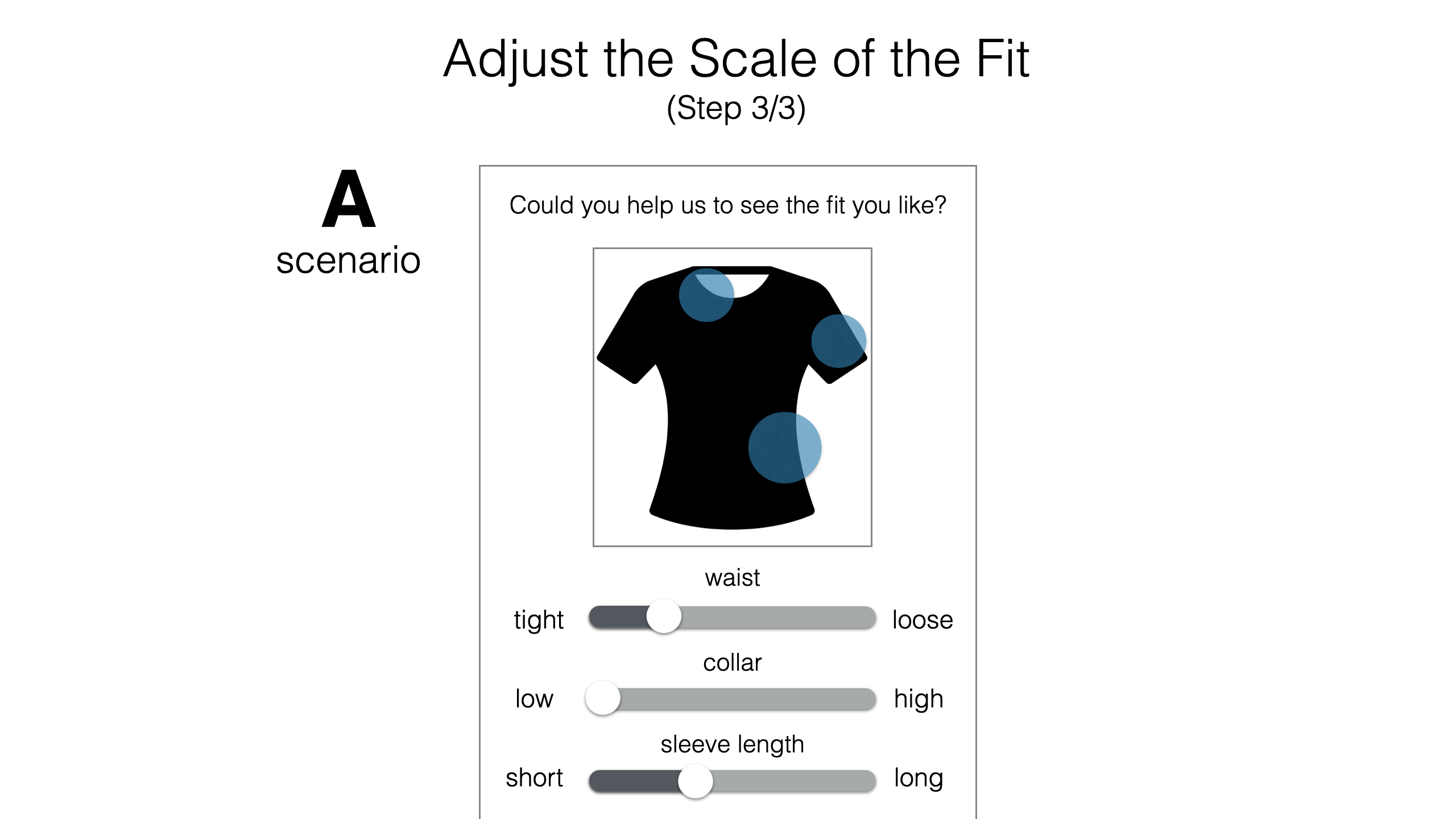
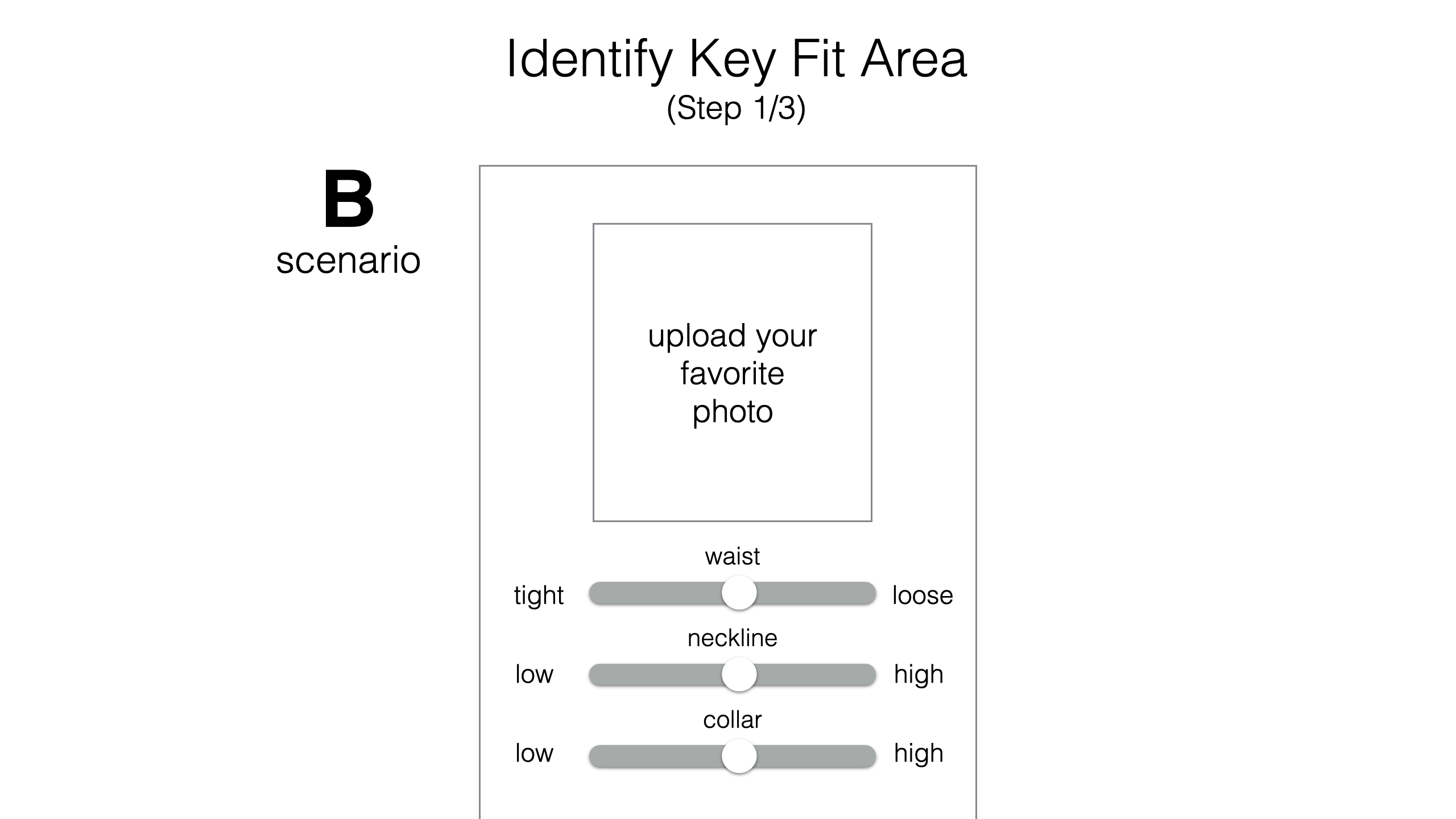
Users could choose to upload an image or select their preferred fits on a virtual shirt, selecting their preferences for the type of waist, neckline, and collar fit.
As simple as it was, users loved the first round of testing!
First lesson learned: listening to users, no matter how obvious or simple the feedback may be, can lead to success.
Of course, it wasn’t always smooth sailing (as any startup founder understands).
As we elaborate in this article, one of the most burdensome parts of fashion ecommerce is individually tagging products. When we first started training our fashion artificial intelligence, we had to individually tag fashion items. There were so many items to tag that Jiwon ended up with carpal tunnel syndrome after labeling thousands by hand.
Another problem we encountered: the Style Filter was an entirely new category of product. And so, it was difficult to explain the product to users because they’d never seen anything like it before.
UI testing showed that users were excited, but had a whopping 1 minute learning curve to use the Style Filter, which was unacceptable.
After user interviews and repeated testing, we were finally able to reduce the learning curve to less than 2 seconds (and are striving for 1 second or less).
The second lesson we learned? When illustrations or UI looks a little bit “off,” usability was affected. Even the slightest difference in an illustration could affect usability. During testing rounds, users would point out an illustration that intuitively felt wrong, such as a drawing of the waist. We would then have to go back to our illustrator, and create new drawings to make the Style Filter more usable.
As the adage goes, the customer is always right. And that proved to be true during our testing rounds. After listening to customer’s initial reactions (even if we felt differently), we now have a robust Style Filter that is easy to navigate and anyone can use.
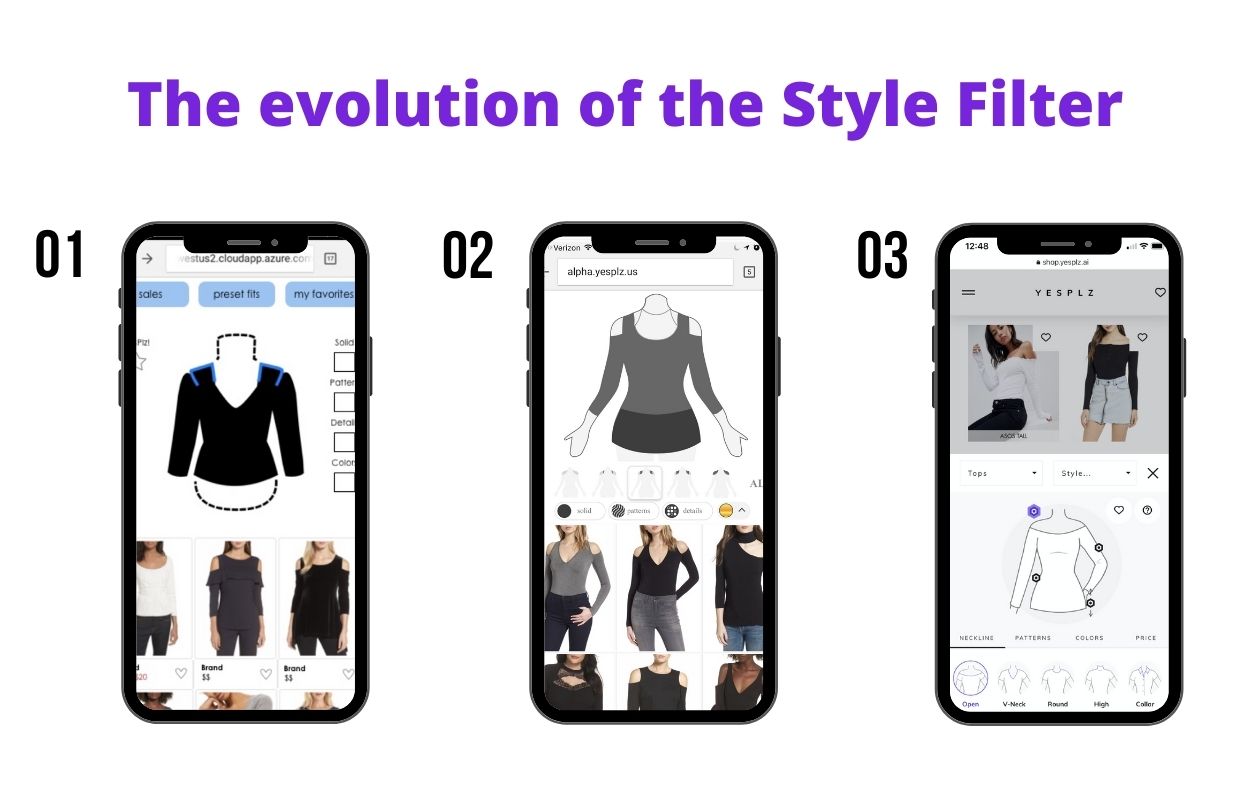
After building the Style Filter, we realized that our artificial intelligence could also succeed at recognizing similar product recommendations. We quickly put our idea to test and received positive user feedback. And so, the Product Recommendation Engine was born. We launched the Product Recommendation Engine with Kolon Mall, one of the top 3 fashion powerhouses in Korea.
In an age where engaging customers during every touchpoint of their shopping journey is more important than ever, the Style Filter and Product Recommendation Engine offer unique ways to keep customers satisfied.
A quick Google search for “ecommerce search engine” returns over 45 million search results, each with a unique product offering from companies, each promising a search engine with higher conversion rates. So, how do you stand out from the crowd when every product is seemingly offering the same results?
The first problem we came across was describing our products in a way users could understand. As we mentioned earlier, the term “Style FIlter” doesn’t fully encompass the range of capabilities of our tool--and users had a steep learning curve to using our tool because they had simply never seen anything like it.
The second problem we came across was not internal, but external--while artificial intelligence is an amazing technology, many companies were using the word as a catch-all for proving product capabilities. But, if we take a step back, it’s clear that not all artificial intelligence is created equal. Just because a tool utilizes artificial intelligence doesn’t make the tool automatically superior.
In reality, the successfulness of an ecommerce search and recommendation tool depends on the type of artificial intelligence used.
At YesPlz, our artificial intelligence is specifically trained to recognize fashion attributes and understand fashion, which is a key point of difference between our product and others.
For example, here are the search results from other product recommendation engines, for a pair of beaded earrings.
The earrings:
Other fashion recommendation engines:
YesPlz product recommendations:
Because we worked hard to train our artificial intelligence in fashion, the results are more accurate than other product recommendation systems. Our artificial intelligence can recognize subtle differences and patterns in products and apply that to recommendations. And that’s something that we’re proud of.
We’ve talked a lot up until this point--about our background, our product stories, how we’re standing out from other artificial intelligence tools--but it’s time to show what we’ve accomplished.
Our Product Recommendation Engine is available on Shopify, and we’re already seeing it in action.
Here are some merchants that are using the YesPlz Product Recommendation System to show their customers accurate, fashion-forward fashion recommendations:
Fashion Supply USA:
Precious Stylish Store:
You can see YesPlz product recommendations, which are closely related to the original product in style, color, cut and fit.
We’re proud of how far we’ve come--what started as a simple insight turned into a robust set of products to change the way customers see the search and discovery journey.
If you’d like to try a hands-on fashion AI tool, try out our Product Recommendation Engine on Shopify and let us know what you think!
Written by Jess Erdman
Content Marketing Lead
I'm passionate about creating cool content. The best part? I get to learn new things about fashion tech and ecommerce everyday. Have an idea or opinion about this article? Reach out at jess@yesplz.ai
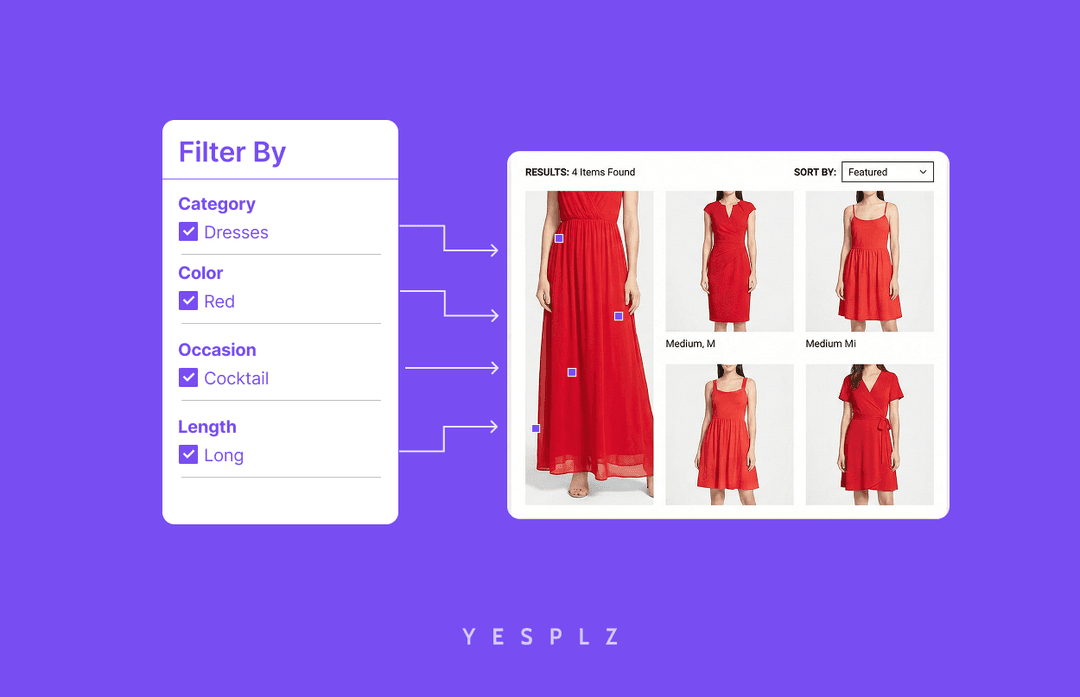
Stop losing sales to poor product filtering. Discover how AI simplifies creating Shopify filters, saving you 25-50 hours per 100 products.
by YesPlz.AI
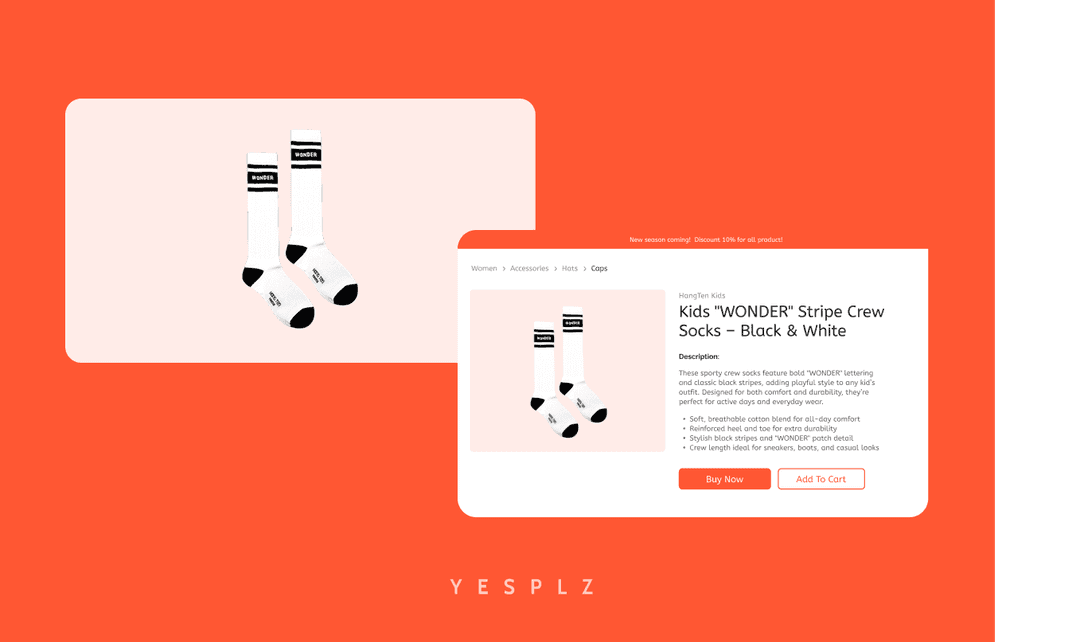
Automate Shopify product pages and cut 50–100 hours of manual work. AI generates product titles, descriptions, and metadata instantly from product images.
by YesPlz.AI